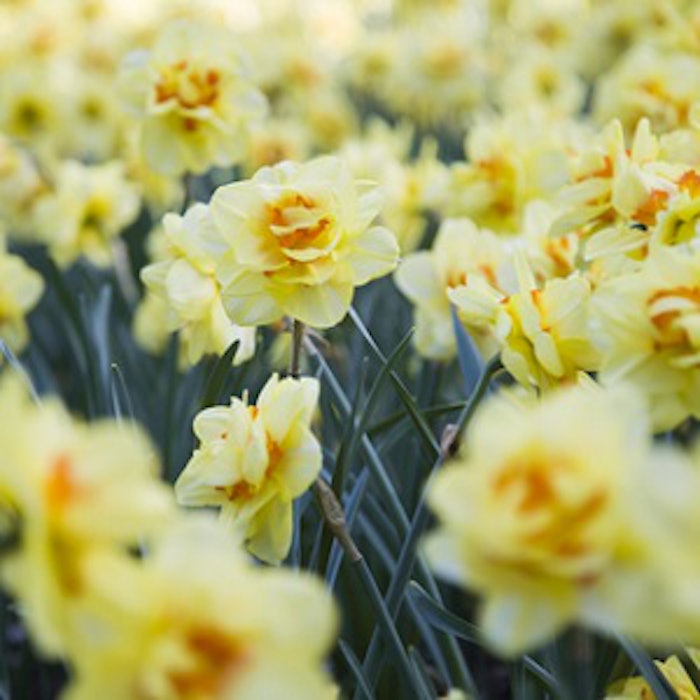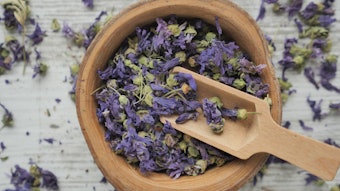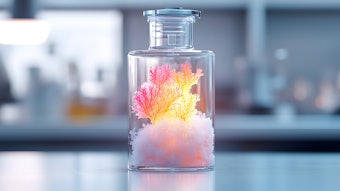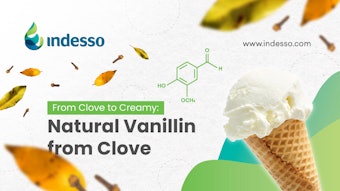
Narcissus is a monocotyledon belonging to the Amaryllidaceas family. In Italy, a few of its species are widely distributed: N. pseudonarcissus L. variant: N. incomparabilis Miller, N. odorus L., N. jonquilla L.; N. radiiflorus Salisb.; N. serotinus L.; N. tazetta L. variant N. biflorus Curtis; N. poeticus L. The narcissus volatiles are extracted from three species of Narcissus: N. poeticus, N. tazetta and N. joquilla. However, in perfumery, N. poeticus is the most important of the three due to its floral and pungent smell.
Narcissus poeticus is a bulbous herbaceous plant of about 20–30 cm in height. The flowers are very fragrant and usually there is only one flower per stem. The perianth is pure white and has six tepals that are fused at the base forming a green floral tube 5 mm in diameter and 3 cm long. The corona, or floral cup (1.3 cm in diameter and 2–4 mm long), is yellow with touches of red. The fruit of N. poeticus is capsular, oblong and divided into three compartments that contain black seeds. The plant blooms between April and June at an altitude between 300 m and 2,300 m; it appears in large colonies in humid zones (in mountain meadows and alongside streams and rivers), in calcareous soils with full sunlight or partial shade.










